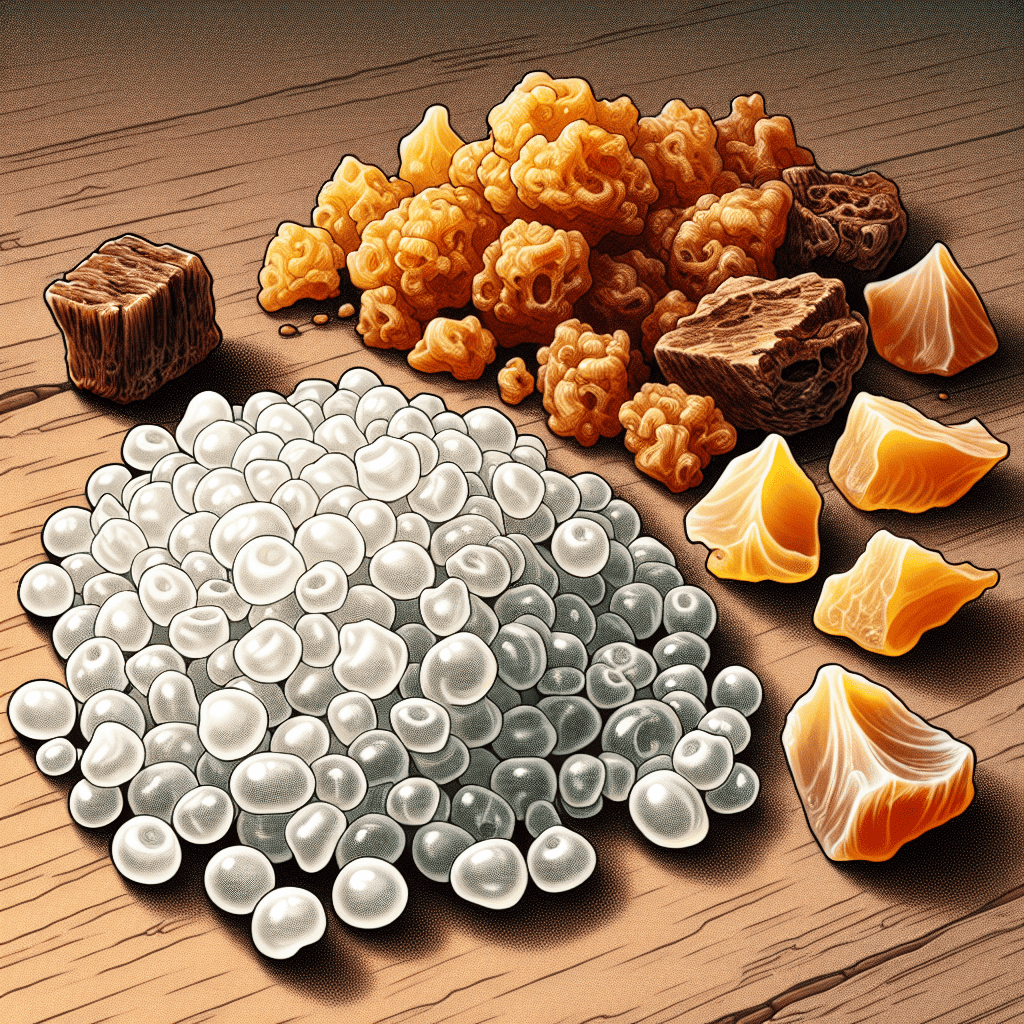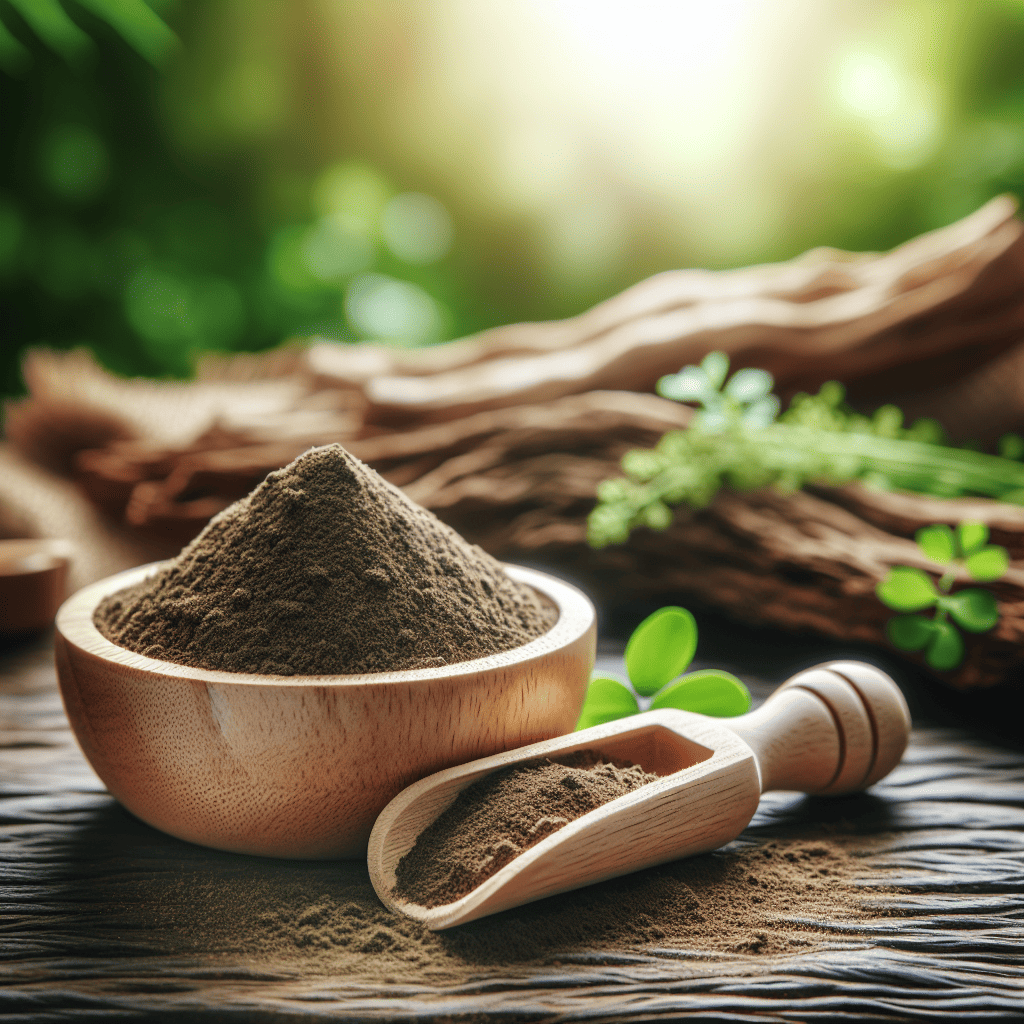Introduction: This article delves into the distinctions between mastika and frankincense, illuminating their unique qualities and potential therapeutic uses. By understanding the differences and benefits of these substances, you can gain valuable insights into their diverse applications.
Table of Contents
The Difference Between Mastika and Frankincense
Unveiling the unique characteristics and properties that set mastika and frankincense apart.
- Mastika Characteristics:
Mastika, derived from the mastic tree, is a resin highly prized for its unique scent and taste characteristics. It plays a significant role in culinary realms, adding a special aroma to dishes and drinks. Its distinct flavor profile makes it a sought-after ingredient in various cuisines, especially in desserts and beverages. Additionally, mastika has also found its way into traditional medicine practices due to its believed health benefits.
The potential health advantages associated with mastika are diverse and intriguing. One of the most notable benefits is its positive impact on digestion. This resin is thought to aid in digestive processes, promoting better gut health and potentially easing discomforts such as bloating and indigestion. Furthermore, mastika is believed to possess anti-inflammatory properties, which could be beneficial for those dealing with inflammation-related issues. Its use in promoting oral health is also noteworthy, attributed to its antimicrobial properties that may help fight oral bacteria and maintain overall oral hygiene.
In addition to its internal applications, mastika also offers benefits for external use. Its versatile nature allows for its inclusion in various skincare products, where it may contribute to soothing sensitive skin and potentially reducing inflammation. As a natural resin with a range of potential health perks, mastika continues to be a valued and intriguing substance with a long history of use across different cultures and traditions.
- Frankincense Characteristics:
Frankincense, sourced from the Boswellia tree, has been ingrained in human history for its multifaceted uses in ancient ceremonies and medical treatments. The resin, known for its aromatic and therapeutic qualities, has been treasured for centuries across various cultures. Its anti-inflammatory properties make it a valuable component in traditional medicine, where it has been used to alleviate aches, pains, and skin conditions. The antimicrobial characteristics of frankincense also contribute to its widespread usage in cleansing rituals to purify spaces and promote overall well-being.
Beyond its physical benefits, frankincense is prized for its ability to influence emotional well-being. The resin’s aroma is believed to have mood-enhancing properties that can help reduce stress, anxiety, and promote relaxation. This has led to its extensive use in aromatherapy practices, where the fragrance is diffused to create a calming ambiance. In skincare, frankincense is valued for its rejuvenating properties, promoting skin health and vitality. Its inclusion in beauty products is aimed at enhancing skin tone, reducing the appearance of fine lines, and improving overall skin texture.
The diverse therapeutic benefits of frankincense stem from its complex chemical composition, which includes compounds like alpha-pinene and limonene. These constituents not only contribute to its anti-inflammatory and antimicrobial properties but also play a role in enhancing mental clarity and focus. The resin’s rich history and continued relevance in modern practices highlight its enduring appeal as a natural remedy. Whether used in traditional medicine, aromatherapy, or skincare, frankincense remains a symbol of ancient wisdom and holistic well-being.
Mastic
Exploring the properties and uses of mastic, also known as mastika.
- Health Benefits of Mastic:
Mastic, a resin obtained from the mastic tree, is known for its numerous health benefits. One of the key advantages of mastic is its ability to improve digestion. It aids in soothing indigestion and relieving stomach discomfort, making it a popular natural remedy for gastrointestinal issues. By supporting healthy digestion, mastic can contribute to overall gut health and enhance the body’s ability to absorb nutrients effectively.
In addition to its digestive benefits, mastic gum is also valued for its antimicrobial properties. These properties make it effective in combating bacterial infections, particularly in the gut. By targeting harmful bacteria, mastic helps maintain a healthy microbial balance in the digestive system, which is crucial for overall well-being. Furthermore, the antimicrobial action of mastic can also extend to oral hygiene, where it can help prevent oral infections and promote dental health.
The unique composition of mastic resin sets it apart as a valuable supplement for overall health. Rich in antioxidants and bioactive compounds, mastic offers not only digestive and antimicrobial support but also contributes to the body’s defense against oxidative stress and inflammation. Its versatility in addressing multiple health concerns makes mastic a versatile and beneficial addition to a wellness routine, whether it’s consumed in the form of gum, supplements, or other products.
- Culinary Uses of Mastic:
Mastic, also known as the ‘tears of Chios,’ is a resin obtained from the mastic tree, primarily found on the Greek island of Chios. The resin is harvested by making small cuts on the tree trunk, allowing the sap to ooze out and solidify into the iconic ‘tears’ that are then collected. Mastic has been used for centuries in culinary applications, prized not only for its flavor but also for its medicinal properties. In traditional medicine, mastic is believed to aid in digestion and possess antibacterial properties.
In cooking, mastic resin can be ground into a powder or dissolved in liquids to infuse its unique taste and fragrance into dishes. It has a distinctive pine-like aroma and a slightly sweet, resinous flavor with hints of citrus. Commonly used in desserts like ice creams, puddings, and pastries, mastic adds a refreshing and exotic note that sets these treats apart. It is also employed in savory dishes such as meats, stews, and sauces, where it imparts a subtle, earthy undertone that complements a wide range of ingredients.
Moreover, mastic is a key component in beverages like Mastiha liqueur, a popular Greek spirit known for its refreshing and aromatic qualities. The liqueur is made by steeping mastic resin in alcohol and adding sugar and water to create a versatile drink that can be enjoyed on its own or used in cocktails. Mastic’s versatility in both sweet and savory recipes, along with its unmistakable flavor profile, makes it a prized ingredient in Mediterranean cuisine and a favorite among chefs and food enthusiasts looking to add a touch of culinary sophistication to their creations.
The Benefits of Frankincense
Exploring the therapeutic advantages and applications of frankincense.
- Medicinal Benefits of Frankincense:
Frankincense has been revered for centuries for its potent anti-inflammatory properties, which are crucial in managing various types of pain and reducing inflammation associated with conditions such as arthritis. The active compounds in frankincense help to inhibit the production of inflammatory molecules, providing relief for individuals suffering from chronic pain. Additionally, its anti-inflammatory effects can also benefit those with respiratory issues by reducing inflammation in the airways and supporting overall respiratory health.
Beyond its anti-inflammatory properties, frankincense has a long history of use in traditional medicine for its immune-boosting benefits. The resin contains compounds that have been shown to enhance the immune response, making it a valuable natural remedy for bolstering the body’s defenses against infections and illnesses. Furthermore, frankincense is known for its calming and relaxation-inducing properties, which can help reduce stress and anxiety. By inhaling the aromatic scent of frankincense, individuals may experience a sense of tranquility and mental well-being.
Incorporating frankincense into wellness routines can contribute to overall health and vitality. Whether used in aromatherapy, topical applications, or consumed as a supplement, frankincense offers a holistic approach to improving both physical and mental health. From reducing inflammation and pain to supporting immunity and promoting relaxation, the diverse benefits of frankincense make it a versatile and valuable natural remedy. Embracing the time-honored tradition of frankincense use can provide individuals with a natural and effective way to enhance their well-being and quality of life.
- Applications of Frankincense:
Frankincense has been utilized for various purposes, with one of its primary applications being in aromatherapy. The comforting aroma of frankincense is revered for its ability to reduce stress and anxiety, making it a popular choice for relaxation and meditation practices. Additionally, the fragrance of frankincense is believed to enhance focus and concentration, making it a beneficial tool for mindfulness exercises and improving mental clarity. This versatile resin has been incorporated into diffusers, massage oils, and scented candles to create a peaceful and calming atmosphere.
In the realm of skincare, frankincense is highly valued for its skin-rejuvenating properties. The use of frankincense oil in skincare routines is known to promote skin health by diminishing the appearance of scars, evening out skin tone, and minimizing the visibility of fine lines. Rich in antioxidants, frankincense aids in protecting the skin from environmental stressors and premature aging. Its natural astringent properties also help in tightening and toning the skin, giving it a youthful and radiant appearance. By incorporating frankincense into skincare products such as serums, creams, and masks, individuals can benefit from its nourishing and revitalizing effects.
Beyond aromatherapy and skincare, frankincense plays a significant role in various spiritual practices and rituals. Revered for centuries for its sacred and purifying qualities, frankincense is often used during prayer, meditation, and ceremonies to create a sacred ambiance. The aroma of burning frankincense is believed to cleanse the energy of a space, elevate spiritual awareness, and promote a sense of tranquility. Whether used in incense sticks, resin form, or essential oils, frankincense holds a special place in spiritual traditions worldwide, symbolizing wisdom, protection, and connection to the divine.
The Benefits of Mastika
Exploring the diverse benefits and uses of mastika, shedding light on its health and culinary applications.
- Health Advantages of Mastika:
Mastika, a resin with a wide array of health benefits, has been known for its positive effects on various aspects of human health. One notable advantage of mastika is its ability to support digestive health. It has been traditionally utilized to relieve gastrointestinal issues and promote a healthy gut environment. The resin contains compounds that can help in soothing the digestive tract, reducing inflammation, and improving overall digestion. By including mastika in one’s diet, individuals may experience fewer digestive problems and a more efficient digestive system.
In addition to its benefits for digestive health, mastika has been recognized for its antimicrobial properties. These properties make mastika effective in fighting off harmful bacteria and pathogens in the body. By consuming mastika regularly, individuals may enhance their immune system and reduce the risk of infections. This natural resin acts as a protective shield against harmful microbes, contributing to better overall health and well-being. The antimicrobial properties of mastika can help individuals maintain a strong and resilient immune system, thus improving their ability to ward off illnesses and diseases.
Beyond its role in digestive health and antimicrobial defense, mastika offers a range of additional health advantages. The resin has been traditionally used to treat ulcers due to its soothing properties on the stomach lining. Moreover, mastika has been employed to enhance oral hygiene by combating bacteria in the mouth and promoting gum health. Furthermore, the detoxification properties of mastika make it a valuable component in cleansing processes, aiding the body in eliminating toxins and promoting overall detoxification. By incorporating mastika into one’s daily routine, individuals can benefit from its diverse health-promoting properties, supporting overall wellness and vitality.
- Culinary and Traditional Uses of Mastika:
Mastika is a resin obtained from the mastic tree, native to the Mediterranean region. The tree exudes a sap that is allowed to harden into translucent, brittle tears known as mastika. This resin has a characteristic piney and slightly sweet flavor, making it a sought-after ingredient in cooking. Its aroma is reminiscent of pine and cedar, lending a unique and exotic taste to dishes. Apart from its culinary uses, mastika also has a long history of medicinal applications. It is believed to aid in digestion, alleviate stomach issues, and even freshen breath.
In Mediterranean cuisines, mastika is often used in desserts such as ice creams, pastries, and custards to impart its distinct flavor profile. It is also commonly found in beverages like liqueurs and spirits, where it adds a subtle herbal note. Mastika liqueur, for example, is a popular drink in Greece and other Mediterranean countries, enjoyed both as aperitif and digestif. The resin is sometimes ground into powder and used as a flavoring agent in savory dishes, particularly meats and stews. This versatile ingredient bridges the gap between sweet and savory dishes, elevating the overall culinary experience.
Beyond its culinary and medicinal uses, mastika holds cultural significance in the Mediterranean region. It is often associated with traditional rituals and celebrations, where it symbolizes hospitality and conviviality. In countries like Greece and Turkey, mastika is frequently offered as a sign of friendship and goodwill. The resin has also been used in perfumery and personal care products for its aromatic properties. With its rich history and diverse applications, mastika continues to be a cherished ingredient that embodies the essence of Mediterranean gastronomy and cultural heritage.




